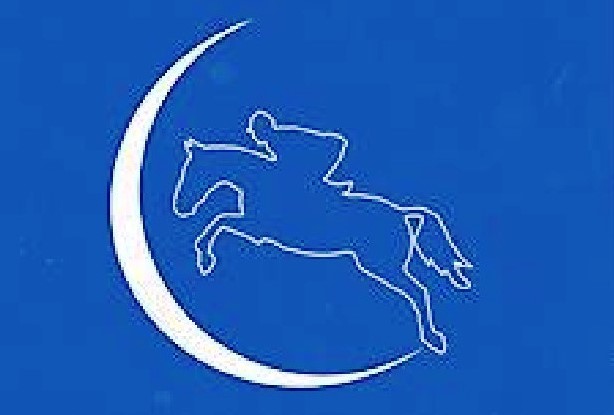Equi-note1 A Revolution in Horse and Rider Training

About Equinamity
Equinamity has developed what amounts to an Equestrian Revolution in Horse and Rider Training. This is based on revolutionary new insights into equitation and horse care.
These insights have been codified into a number of new principles. They are based on detailed understanding of the horse’s mental and physical characteristics, its step structure and body dynamics.
They will help riders to achieve deeper understanding of the physical and mental processes involved between the horse and themselves. This knowledge will help riders to deliver the right aids, at the right time and at the right intensity.
Most riders already know that better quality instructions lead to better responses by the horse. They will also know that improvements are always possible. However, an improved level of integration between rider and horse requires many skills, not least of which are a higher level of mental and physical conditioning by both participants.
This Equestrian Revolution will assist riders to improve communication with their horses. This will enable both horses and riders to better fulfil their potential.
Source of this knowledge
Equinamity has developed what will come to be known as the Equestrian Revolution in Horse and Rider Training. It is based on decades of experience, in many capacities. These include the care, management, riding and training of horses in key disciplines of Dressage, Show Jumping and Eventing.
Extensive input to deepen these analyses has been received from riders, trainers and owners of several hundred horses from around the world. Many of them are international champions in their respective disciplines. This has been further reinforced by invaluable contributions from several hundred riding horses from well-established national riding clubs in several countries.
One of the key takeaways of this extensive learning experience is that a significant number of them use training and handling methods that cause serious concern. This arises for two reasons. Firstly, there is the issue of the negative impact on horse welfare. Secondly, there is the issue of its effectiveness. Has the desired communication to the horse has been correctly and effectively transmitted. If not, then confusion and aggression typically occur. The most important are analysed in this blog.